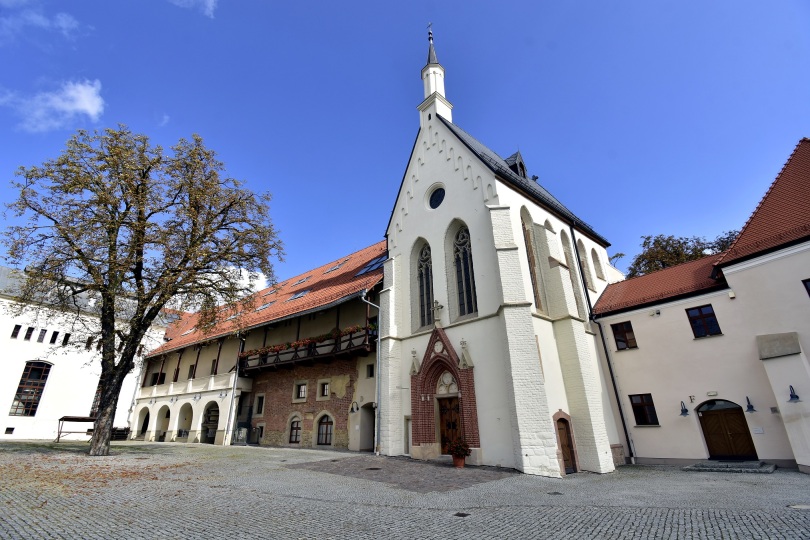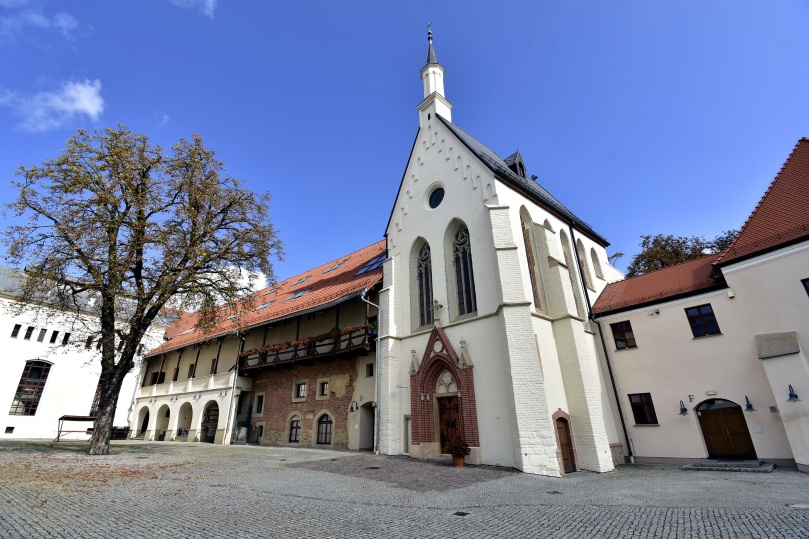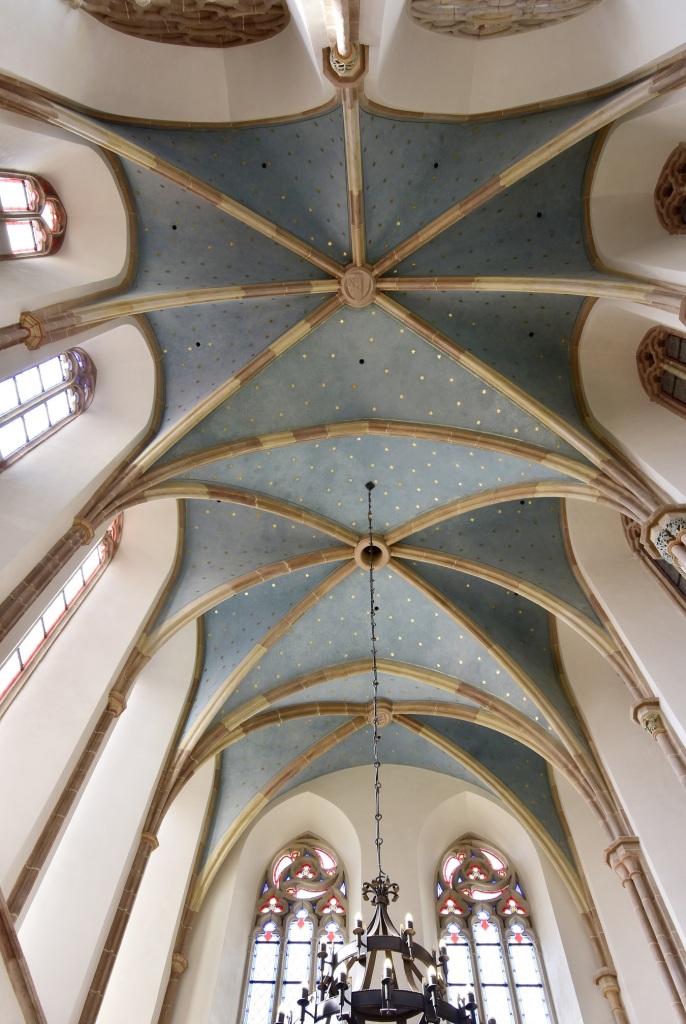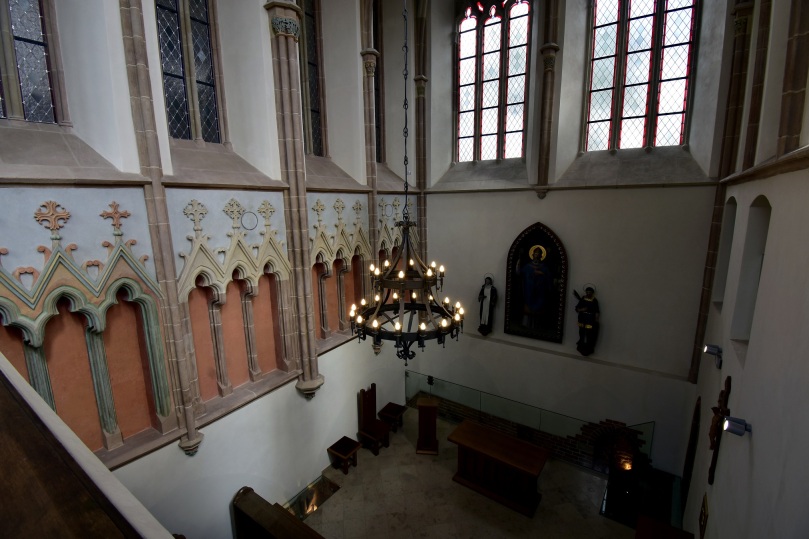
‘’Will no one rid me of this turbulent priest?’’
The words of King Henry II still echo ominously through the centuries and remain one of the best known in English history. The murder of Thomas Becket at the steps of his own cathedral shocked the Christian world. Henry II himself was deeply shaken. He may have not given the direct order, but neither did he constrain himself and four of his knights left Christmas court in Bur-le-Roi in Normandy, convinced they were fulfilling their Lord’s wish.
Although their initial goal was probably to arrest the archbishop, the situation turned ugly and soon afterwards, the deed was done. Henry II had to face the consequences. As a result his reputation suffered and something needed to be done to remedy the situation. Especially when they made Becket a saint in 1173, three years after the described events.
The cult of a new Christian martyr spread quickly not only in England itself, but also on the Continent. Soon it reached the most distant parts of Euope. Henry II’s daughters helped to establish it in their new realms; Matilda in Saxony, Eleonora in Castile and Joan in Sicilly. Henry’s former daughter- in-law, Marguerite of France, worshipped Saint Thomas in Hungary, at the court of Bela III, her second husband. The women undertook a diplomatic mission to clean up their father’s public image and demonstrat that the holy martyr forgave.
One hundred and seventeen years later, the cult of St. Thomas still flourished. The new castle chapel at Racibórz (Silesia, Poland), dedicated to the holy martyr, started life in 1287 and was to commemorate the agreement reached between its founder bishop Thomas II of Wrocław and Duke Henry the Rightous. Unfortunately, we do not know the name of the master mason who designed it.
In Poland there are only three religious sites dedicated to the famous archbishop of Canterbury: Sulejów Abbey, one of the chapels of the Wawel Castle, Cracow and the afore-mentioned castle chapel at Racibórz. Bishop Thomas, just like Thomas Becket before him, got himself involved in a long and bitter dispute with ‘’the crown’’, namely with Duke Henry IV the Righteous of Wrocław.
Among other Piast rulers, Henry distinguished himself as a strong and charismatic leader, pressing ahead with the ambitious plans to unite the divided Piast dukedoms. Great-grandson of the king of Bohemia, Premysl Otakar I, he was raised under the protective wing of ‘the Iron and golden king’, Premysl Otakar II and educated at his highly sophisticated court. As a result he proved to be an efficient ruler of his own duchy.
The conflict with bishop Thomas arose over the lands and properties taken over by the Church in the aftermath of the Battle of Leignitz, in which Duke Henry’s grandfather and namesake fell. The difficult years which followed weakened the ducal power and the dukedom was divided. Henry, who inherited the duchy after his father’s untimely death, planned to restore it to its former glory and bring peace and prosperity to his lands.
The bishop, for his part, wanted separate rights for his church. In his dispute with bishop Thomas, Henry was not willing to yield. Neither was his opponent. In consequence, just like Becket before him, bishop Thomas was forced to seek refuge ‘’abroad’’. He found shelter at the court of the dukes of Racibórz. In response Henry ravaged the northern parts of the duchy.
Legend has it that the two were reconciled before the castle walls of Racibórz, but the actual meeting took place in St Nicholas’ church. The building of the castle chapel soon followed and the Piast dukes of Racibórz considered it a matter of prestige. In 1336, however, when the last of them died without an heir, the Premyslid dukes of Opava took over the dukedom. Consequently, the chapel status decreased and its importance declined. However, the canons continued looking after it and preserved the cult of the holy relics.
In 1810, as part of the secularization process, they dissolved the chapter and the lands of the former dukedom were annexed to the kingdom of Prussia. In 1858, a great fire broke out. As a result, they carried out an intense restoration programme to restore the chapel to its former glory. The author of the project, just as the master mason who designed the chapel in the 13th century, remains unknown, but his work shows both great skill and taste.
Only two walls of the original building have been preserved to the north and the east. The remaining two were rebuilt after they collapsed in the 15th century, but it still makes the chapel older than the other castle buildings, including the ducal palatium and the gate house. It was built in the place of the older Romenesque chapel inside the 13th century walls.
Similar to the famous Sainte-Chapelle in Paris, which it has been compared to, it has two levels. They used the upper one to perform church services, while the lower probably housed the holy relics. The relics of the True Cross were kept there. Today the chapel is regarded as the most beautiful Gothic chapel in Silesia and one of the most beautiful in Poland. You can visit it all year. And your visit is going to be worth your while.
Website for Piast Castle in Racibórz - The site allows you to translate to any language using Google
The Tourist Information Point at the Castle is open on the following days and hours:
- in the period from October 1 to March 31:
- from Tuesday to Friday: 9.00-16.00,
- on Saturdays, Sundays and holidays: 10.00-18.00,
- in the period from April 1 to September 30:
- from Tuesday to Sunday: 10.00-18.00,
- The Tourist Information Point and the Castle are closed:
- January 1 (New Year),
- on Saturday and Easter Sunday,
- November 1,
- December 24 and 25.



